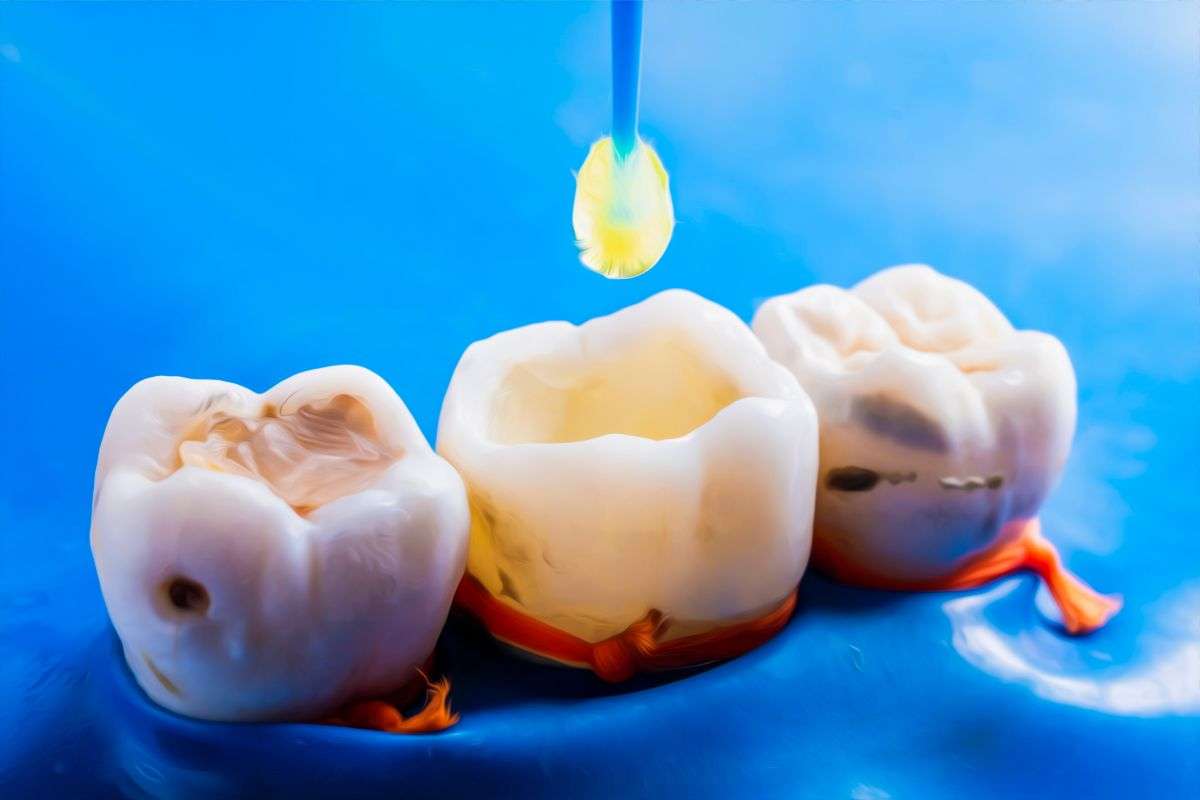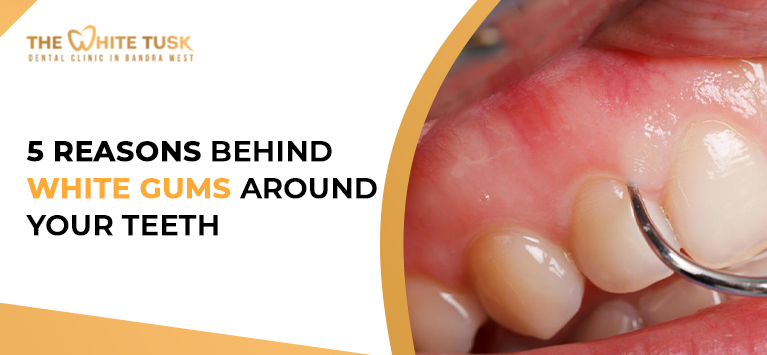Can You Eat After Filling

When considering dental fillings, one of the most common questions patients have is about eating after the procedure. The ability to eat and the types of food that can be consumed vary depending on the type of filling, the material used, and the individual’s dental health. Understanding the guidelines for eating after a filling can help prevent complications, ensure the filling lasts as long as possible, and maintain overall oral health.
Immediate Aftercare
Immediately after a filling, it’s crucial to follow the dentist’s instructions for aftercare, which often include waiting until the numbness from the anesthetic wears off before eating. This is important because the anesthesia can affect your ability to swallow and your sense of taste, potentially leading to accidental bites to the cheek, tongue, or lips. Waiting also helps prevent any potential damage to the filling or the tooth by avoiding chewing or biting too soon.
Types of Fillings and Eating
The type of filling you get can influence how soon you can eat and what you can eat. Common types include amalgam (silver fillings), composite resin (tooth-colored fillings), gold fillings, and ceramic fillings. Each has its own characteristics and may have specific aftercare recommendations:
Amalgam Fillings: These are durable and can withstand chewing forces relatively soon after they are placed. However, it’s still recommended to wait until the anesthetic has worn off to avoid any accidents.
Composite Resin Fillings: Since these fillings are cured with a special light to harden them, they can be used immediately after the procedure is completed, once the numbness has worn off. However, composite fillings may be more sensitive to temperature changes initially.
Gold and Ceramic Fillings: These are usually custom-made and may require more than one visit to place. Eating recommendations may vary based on the specific dental work done and the material properties.
Foods to Avoid Initially
Regardless of the filling type, it’s generally recommended to avoid certain foods for a period after the procedure:
Hard Foods: Foods like nuts, hard candies, and ice can potentially dislodge or damage a new filling. It’s best to avoid these for at least 24 hours.
Sticky Foods: Caramels, toffees, and other sticky foods can pull out a filling, especially if it’s a new composite resin filling. Avoiding these for a few days can help ensure the filling sets properly.
Hot and Cold Foods/Drinks: While composite fillings are durable, extreme temperatures can cause sensitivity in the tooth. It’s a good idea to avoid very hot or cold foods and drinks for a few hours after the procedure.
Eating After the Numbness Wears Off
Once the anesthetic has worn off, you can usually resume eating, keeping in mind the types of foods to avoid as mentioned above. It’s also a good idea to chew on the opposite side of your mouth from where the filling was placed, at least for the first day, to minimize pressure on the filled tooth.
Long-Term Care
After the initial healing period, it’s essential to maintain good oral hygiene practices, including regular brushing, flossing, and dental check-ups, to ensure the longevity of your filling and overall dental health.
FAQ Section
How long after a filling can I eat normally?
+Typically, you can eat normally once the numbness from the anesthetic has worn off, which is usually a couple of hours after the procedure. However, it's recommended to avoid hard, sticky, and extremely hot or cold foods for at least 24 hours.
Can I drink water after a filling?
+Yes, you can drink water after a filling. In fact, staying hydrated is important for healing. However, avoid using a straw for the first few hours, as the suction can dislodge the filling.
How do I know if my filling is damaged?
+If you notice any sharp edges, feel a hole or a gap where the filling was, or experience sudden pain or sensitivity, it could indicate that the filling is damaged. In such cases, contact your dentist immediately for an assessment and repair.
In conclusion, while eating after a filling is generally safe once the anesthetic has worn off and initial precautions are taken, following the dentist’s instructions and being mindful of the foods you consume in the first few days can help prevent complications and ensure the filling lasts as long as possible. Regular dental check-ups are also crucial for maintaining the health and integrity of the filling and your overall oral health.

